Mkomazi National Park Tour Overview:
Location: Mkomazi National Park is situated in the northern part of Tanzania, positioned between Moshi and Tanga. It boasts a stunning landscape surrounded by the Pare and Usambara mountains, with the potential to catch glimpses of Mount Kilimanjaro depending on weather conditions.
Vegetation: The park marks the southern limit of the Sahel zone, resulting in a unique dry, desert-like landscape. The predominant vegetation includes acacia-commiphora woodlands, transitioning to a dry land forest towards the western mountains.
Water Sources: The primary water source in Mkomazi is the Umba River in the southeast. The park experiences minimal precipitation throughout the year, making game drives along the river area particularly rewarding.
Wildlife: Mkomazi National Park is renowned for its diverse wildlife, offering a rare opportunity to witness endangered species such as black rhinos and wild dogs. Other species present in the park include giraffes, elands, hartebeests, zebras, buffaloes, elephants, and the long-necked gerenuk.
Birdlife: The park is a paradise for bird enthusiasts, with over 450 avian species recorded. Notable endemics include the cobalt-chested vulturine guinea-fowl, and large ground birds such as ostriches, kori bustards, secretary birds, and ground hornbills. Migratory species, like the Eurasian roller, also frequent the area.
Park Size: Mkomazi National Park covers an expansive area of 3,245 square kilometers, providing ample space for diverse ecosystems and wildlife habitats.
Distance and Travel Time:
- Distance from Moshi: 115 km (72 miles)
- Departure from Moshi: 7:00 am
- Arrival at Mkomazi gate: 10:00 am
- Park Exploration: 6 hours
- Departure from the park: 4:00 pm
- Return to Moshi: 7:00 pm
Highlights:
- Opportunity to witness endangered black rhinos and wild dogs.
- Diverse wildlife including giraffes, elands, hartebeests, zebras, buffaloes, elephants, and gerenuks.
- Rich birdlife with over 450 avian species, including endemics and migratory birds.
- Scenic views of the Pare and Usambara mountains, and potentially Mount Kilimanjaro.
- Unique vegetation ranging from acacia-commiphora woodlands to dry land forests.
Note: Ensure to bring suitable gear for a day-long safari, including comfortable clothing, sun protection, binoculars, and a camera to capture the breathtaking landscapes and wildlife encounters. Additionally, follow park regulations and guidelines to ensure a responsible and enjoyable experience.

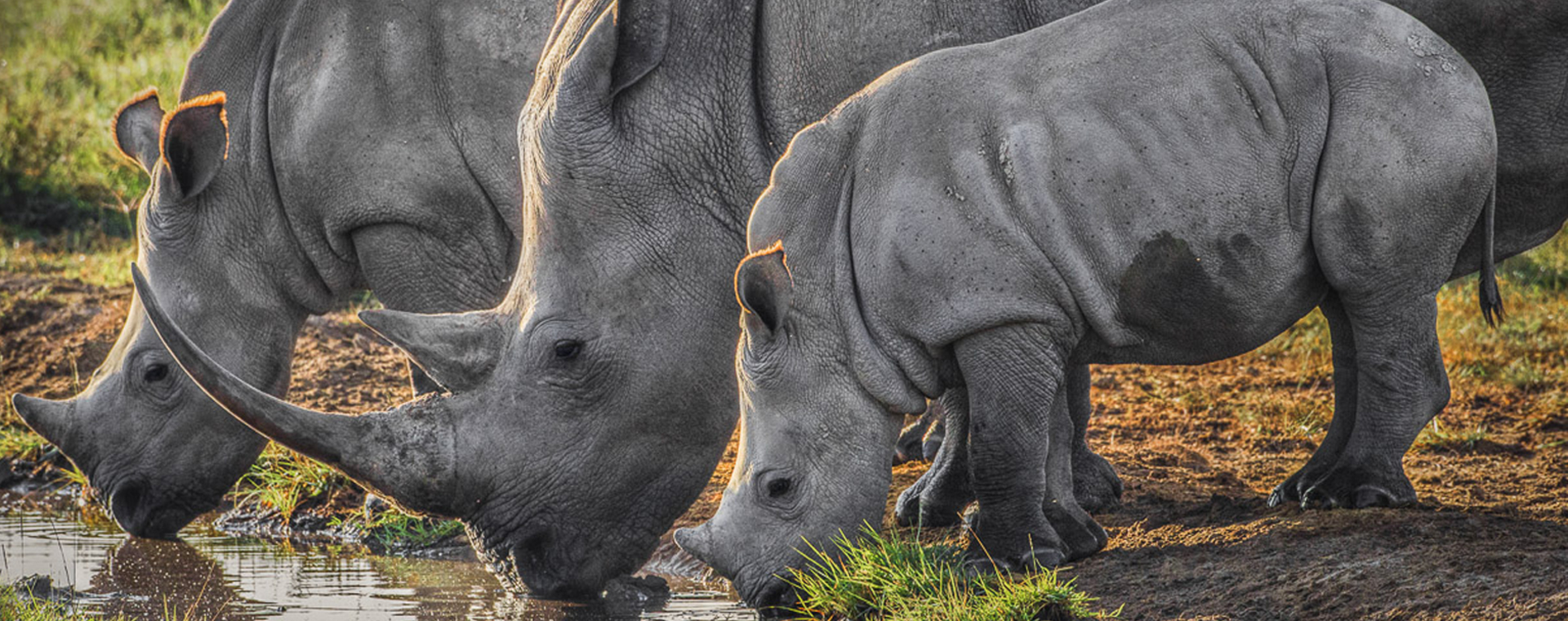
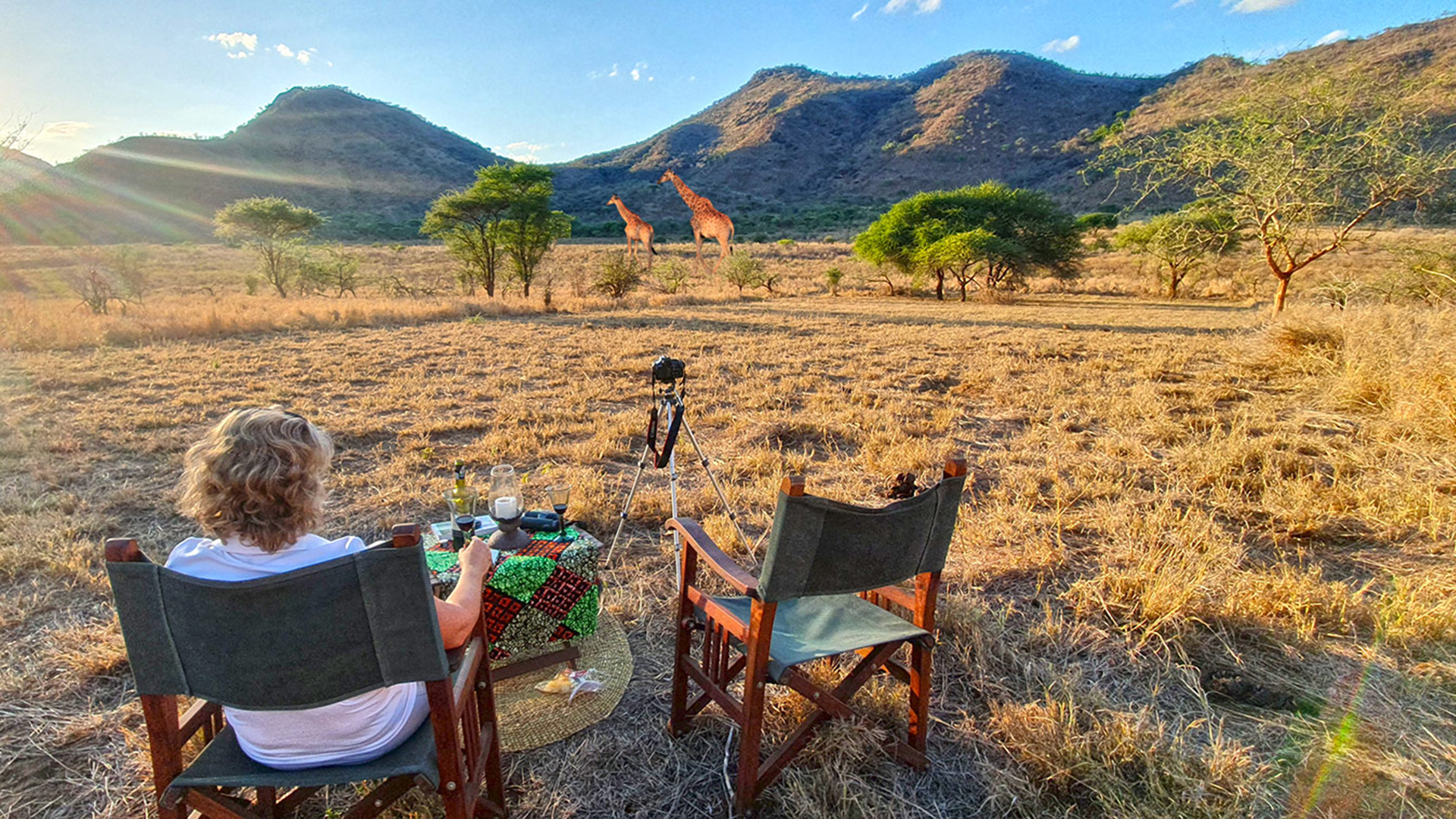
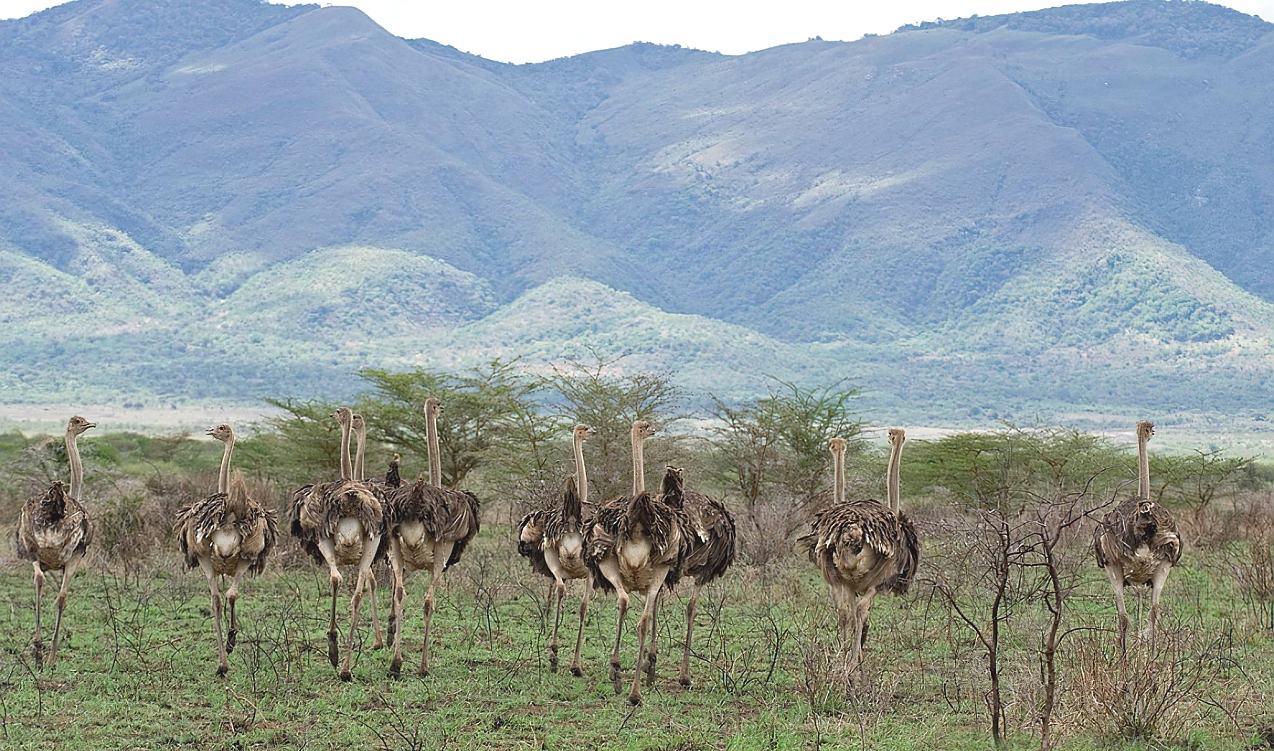
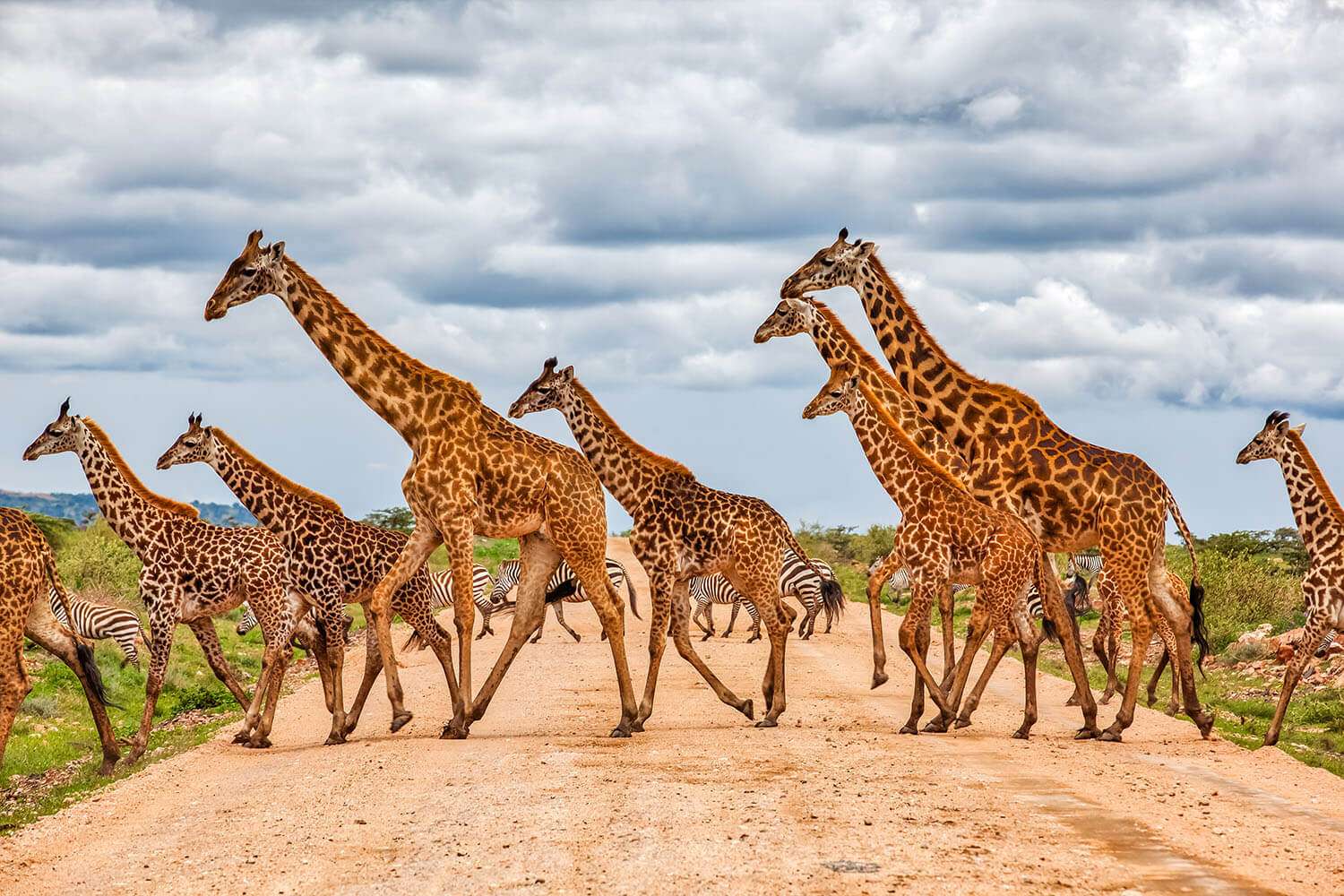
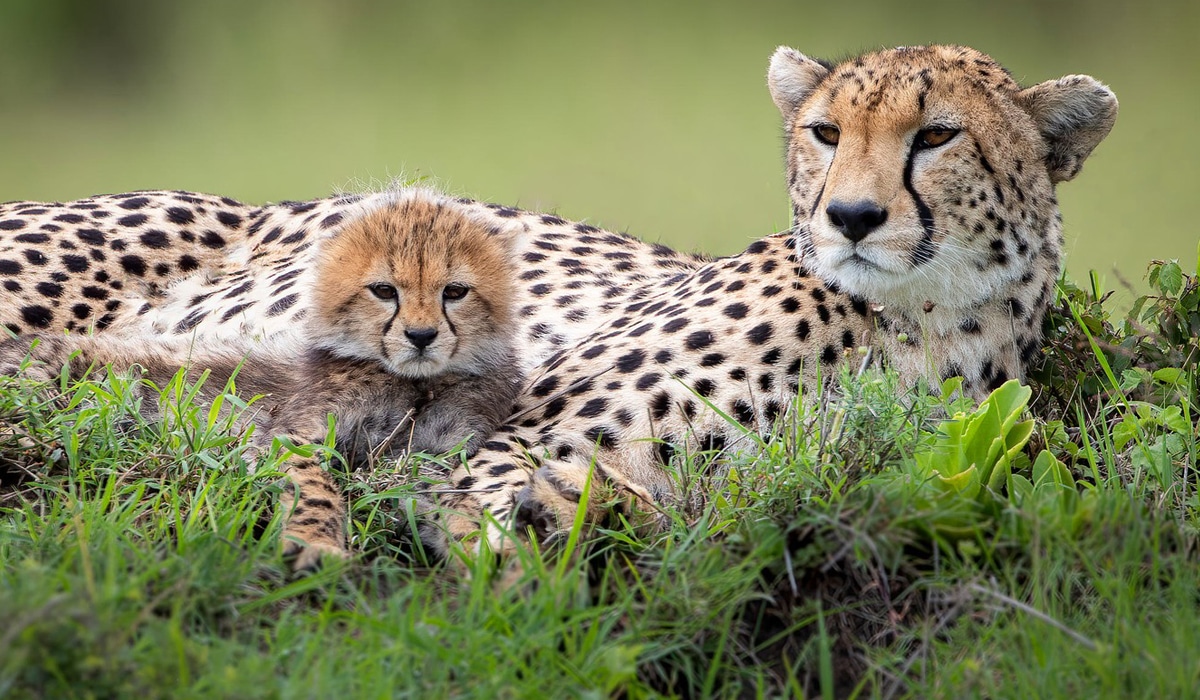
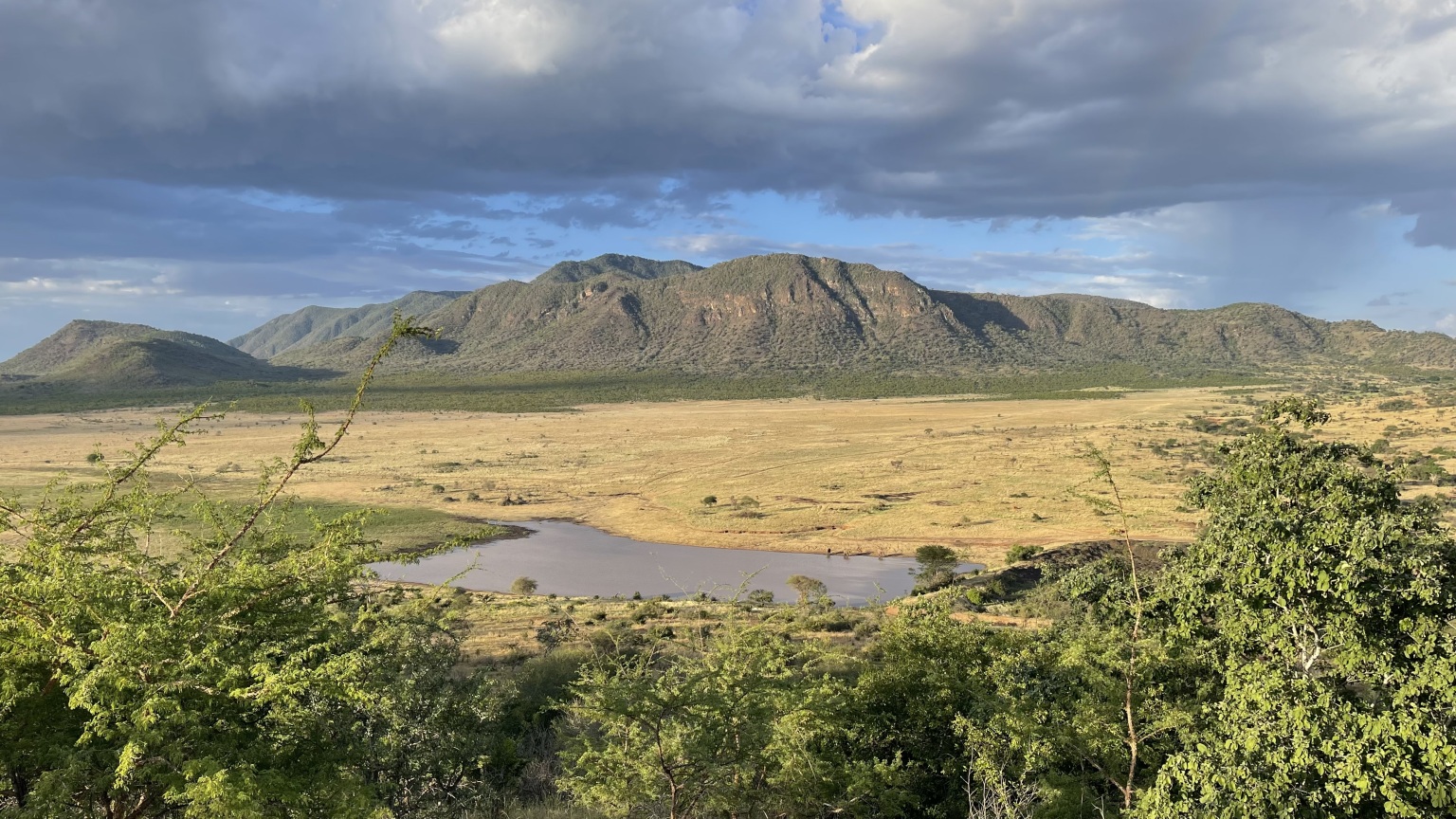

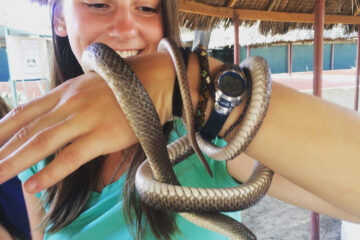
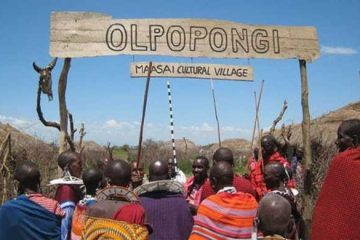
Tour Reviews
There are no reviews yet.
Leave a Review